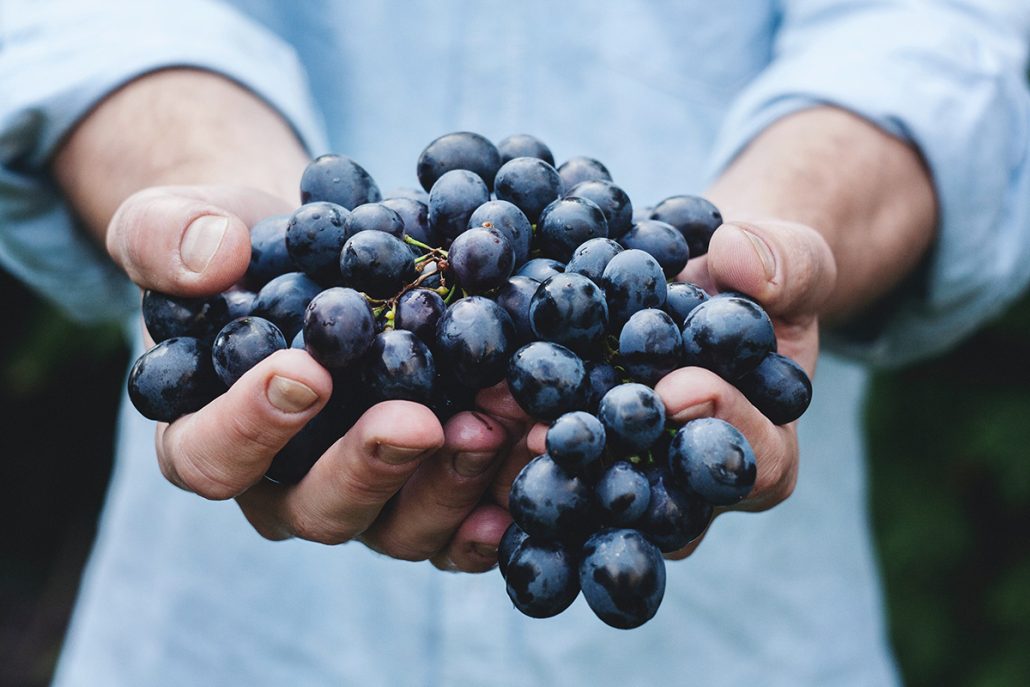In keeping with our Fruits of the Spirit theme and fruits mentioned in the Bible, we are supplying a recipe using the fruit featured each issue.
Grapes
Leaving fruits out to dry in the sun and air is one of the oldest methods of preserving food. Raisins and dried fruits are simple, wholesome foods, grown by nature and “made” by people basically the same way for thousands of years.
The story is told that the ancient Egyptians discovered raisins when grapes fell off the vines and left to dry became sweet. In the process the sugar content crystallised and became concentrated.
Around 1300, as the European raisin trade flourished, tasty dishes such as “pottage” and “frumenty” (meats or fish combined with raisins and currants) became popular throughout the continent.
Frumenty an ancient pottage, also known as Russian Kasha, is a hot porridge, made of wheat (or barley) cooked with milk for a sweet dish, or broth for a savoury dish. Early recipes were plain, but over time spices, sugar, meat, and fruits were added. Some more decadent variations included eggs. The following recipe serves four.
 Sweet Frumenty
Sweet Frumenty
1 cup of whole grain wheat or burghul (cracked wheat)
4 cups water
½ cup cream
½ cup milk
1 tablespoon brown sugar or 1 tablespoon honey
Raisins (or sultanas, or currants, or a mix)
In a large pot bring the water to the boil, then add the wheat and simmer until the wheat is soft. Leave overnight. Next morning add the cream and milk mix, sugar or honey, salt to taste, and the dried fruit, using as much fruit as you fancy. Warm for a few minutes, stirring well and serve.
A well-known and loved dessert from grapes is Rote Grütze made from red grapes or juice and thickened with sago, an old recipe reputedly from the Barossa pioneers in South Australia. The recipe appeared in the December 20/January 21 Lutheran Women.
Wine and vinegar in Bible times
Wine appears in the Bible as early as Noah, who planted a vineyard after the Flood and is found throughout the Bible for ceremony and celebration. A lot of wine in Jesus’ day was not very good. Adding water made it more palatable. This was especially true as the year went on and older wine would spoil or turn vinegary.
Wine was produced naturally without additives, chemical processing, or anything being added or removed. It would have tasted quite different from the wine we enjoy today – perhaps more like grape juice.
“Vinegar” is from a combination of two Latin words—vin aigre, “sour wine”. Vinegar was made/created from wine. When wine became old/stale, it soured. Rather than throw it away, people used that sour wine to flavour their salads and other dishes as we do today.
Vinegar was used for healing cuts, sores, scabs, open wounds, or superficial skin infections. The key ingredient in vinegar is acetic acid – a mild acid that chews up bacteria, yeast, and scabs.

